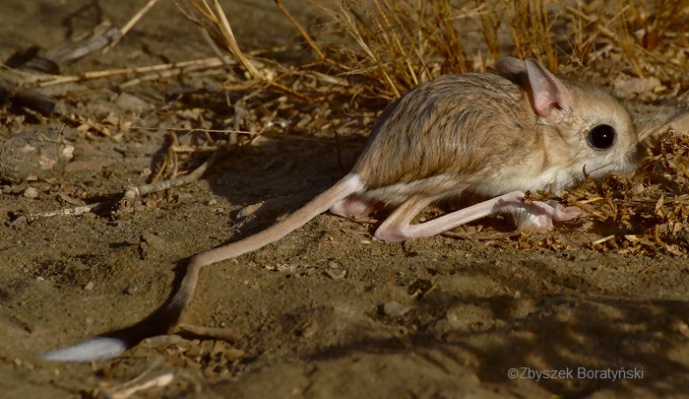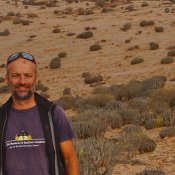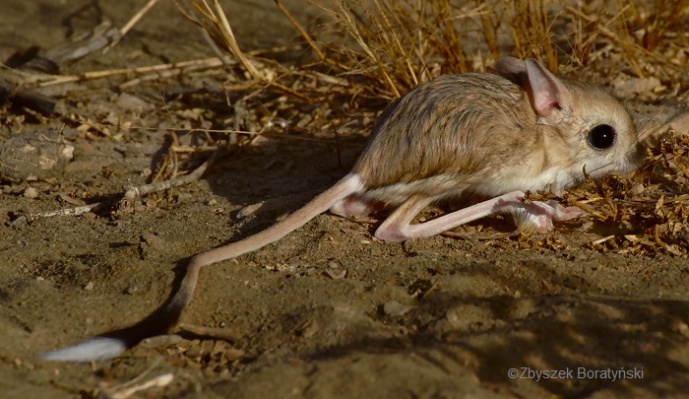ARIADAPT - Climate change and genomics of adaptation to extreme desert conditions
How organisms respond to environment change is one of the most important puzzles in evolutionary biology. However the main challenge to uncover genomic mechanisms that underpin adaptation is that the microevolutionary
responses to climate change are difficult to discover due to slow rate of changes. To circumvent this problem one can investigate taxa that persisted throughout past severe climatic changes. The Sahara desert has experienced
frequent environmental changes that exposed resident organisms to strong ecological gradients. Climatic changes in temperature and precipitation caused switches in habitat quality and quantity, which forced desert specialized organisms, like the rodent Jaculus jaculus, to experience range- and demographic changes, and thus varying selection pressures. Contemporary populations of Saharan dwellers are thus expected to bare signals of processes affected by these strong environmental changes. In this project we will test the effect of past climatic changes on the genomic architecture of adaptation using common Sahara desert specialist Jaculus jaculus. Since the formation of the Sahara during the Mid-Upper Pliocene the region went thought several climate changes. Those caused changes in velocity of sediment depositions generated by erosion, leading to the formation of bare, rocky and dry sandy areas and dune systems, the habitats of recently discovered two divergent genetic lineages, or cryptic species, within Jaculus jaculus. It has been hypothesized that those species specialized to explore two divergent habitat types (dark rock and light sand), as their evolved different dorsal coat coloration, and the coat-habitat color matching, a feature highly suggestive of being adaptive. Intriguingly the habitat types form mosaic throughout Sahara and its extent is affected by changes in climate in the region, causing frequent overlap between species distributions. This led us to purpose that divergent selection on camouflage, and habitat specialization, could have driven molecular divergence in this system; however light and dark color phenotypes occur within both species. Thus, it is not known if camouflage drives further divergence between species or inhibits speciation by allowing gene flow between the same color morphs from the two species. Considering those observations, and the fact that the quality and quantity of available habitats is affected by climate change, we will ask the question: what is the role of climate changes in shaping the genomic background of a key fitness trait, like camouflage, behavioral habitat specialization or adaptation to extreme desert conditions?







